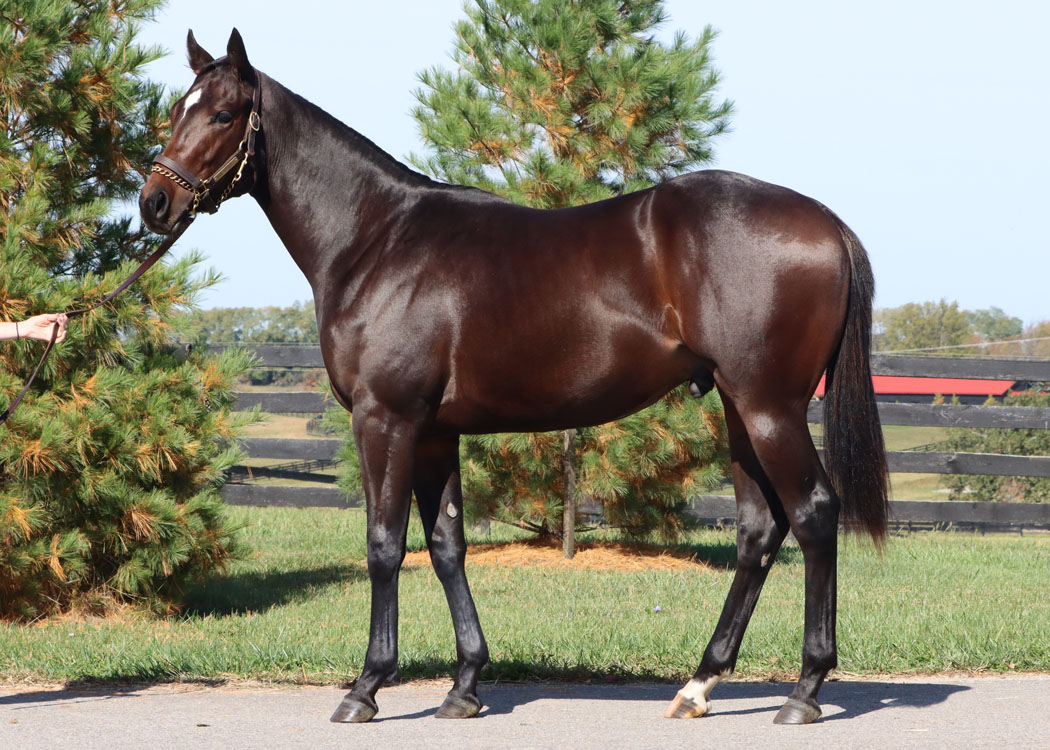Sorry about the goofy link, I couldn’t capture the one directly from the Paulick Report.
It’s very interesting how Mohaymen made it to a Canadian farm and even more interesting how they discovered pasture breeding with him. It sounds like the owners got lucky with a kind, easy to handle stallion and Mohaymen got lucky with owners that were willing to look for what was best with him. I hope they get some terrific babies 
On a sad note, I hadn’t heard that Speightster died. All it says in the article is that it was a stall accident.


